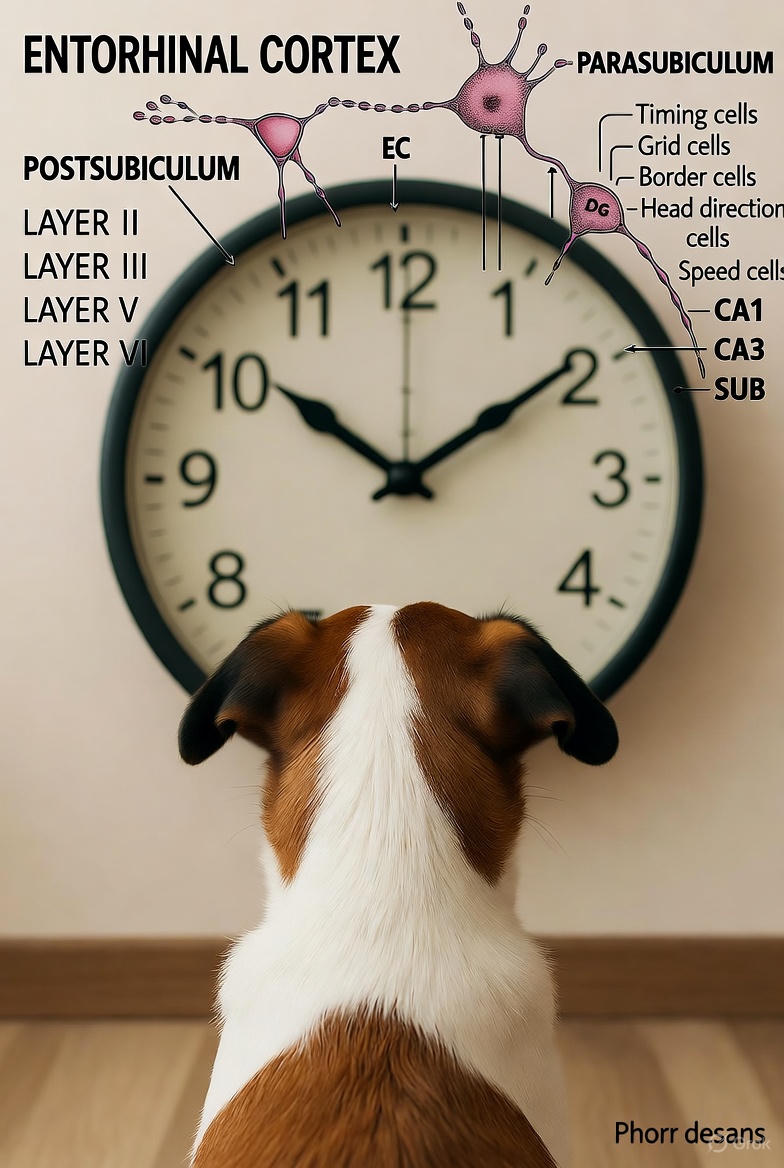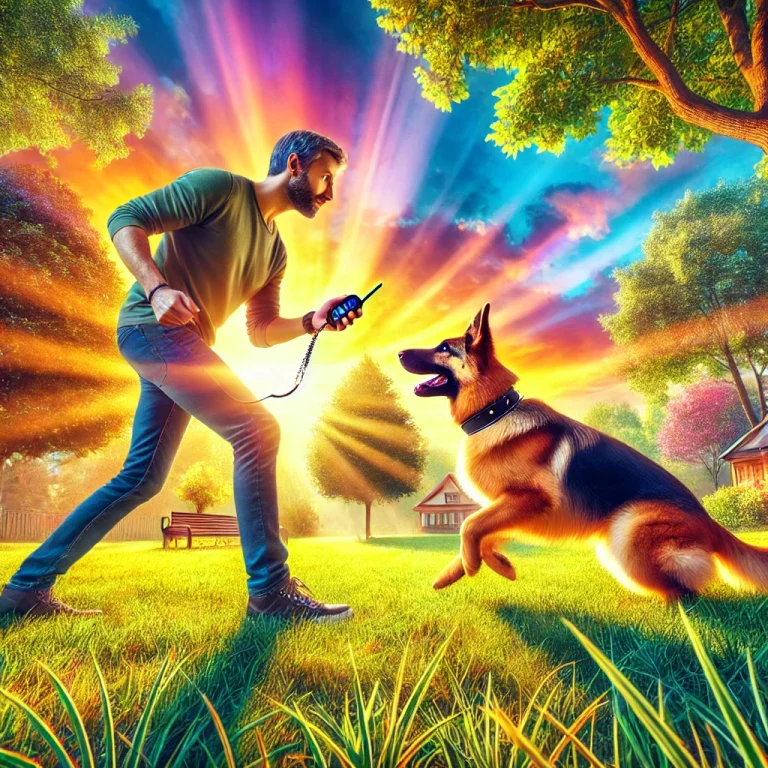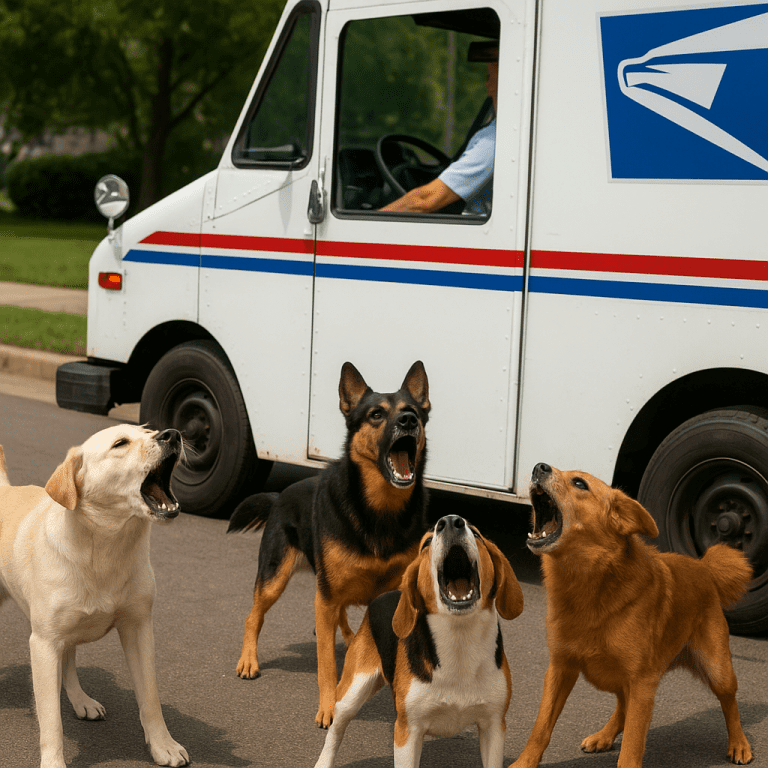How Dogs Sense Time Differently: Insights from Scientific Research
Dogs have long been our loyal companions, often seeming to anticipate our routines with uncanny precision—whether it’s bounding to the door just before you arrive home or whining exactly at dinnertime. But do dogs really “tell time” like we do? Scientific research suggests that while dogs have a sense of time, it’s fundamentally different from human perception. Humans rely on abstract concepts like hours and minutes, often tied to clocks and calendars. Dogs, however, appear to process time through a mix of biological rhythms, sensory cues, and neural mechanisms shaped by their evolution and physiology. In this blog, we’ll explore key studies that shed light on this fascinating topic, offering practical insights for dog owners and businesses in the pet industry.
The Neural Basis of Time Perception in Dogs
One of the most intriguing discoveries comes from neuroscience, revealing that animals, including dogs, have specialized brain cells dedicated to tracking time. In a groundbreaking study, researchers identified “timing cells” in the medial entorhinal cortex—a brain region linked to memory and navigation. These neurons activate sequentially during periods of waiting or immobility, effectively encoding the passage of time like an internal stopwatch. While the experiments were conducted on mice, the conserved brain structures across mammals imply similar mechanisms in dogs, helping them judge intervals such as how long they’ve been waiting for a treat or their owner’s return.
This neural encoding allows dogs to form associations with time-based events without needing a conceptual understanding of time. For instance, dogs might learn to associate a specific sequence of neural firings with the duration between breakfast and a walk, enabling predictive behavior.
Time Feels Slower: Metabolic Rate and Sensory Processing
Dogs don’t just track intervals; they may experience the flow of time differently due to their size and metabolism. A comprehensive analysis of 34 vertebrate species, including dogs, found that smaller animals with higher metabolic rates perceive temporal changes at a finer resolution. This is measured by critical flicker fusion (CFF), the frequency at which a flickering light appears constant. Dogs have a higher CFF than humans—around 75 Hz compared to our 60 Hz—meaning they can detect faster visual changes, making the world appear in “slow motion” to them relative to us. This aligns with broader patterns where body mass and metabolic rate influence how species interact with their environment, allowing dogs to react swiftly to stimuli like a thrown ball or a scurrying squirrel.
In practical terms, a few minutes might feel significantly longer to a dog than to a human, which could explain their enthusiastic greetings after even short absences. Research across species supports this, showing that time perception is tuned to ecological needs: faster for predators or prey requiring quick responses.
Discriminating Short vs. Long Durations
Can dogs tell the difference between 30 seconds and 2 minutes? Yes, according to behavioral experiments testing temporal bisection in dogs. In one study, dogs were trained to press levers indicating whether a light duration was “short” or “long” across ranges like 0.5–2 seconds up to 4–16 seconds. They performed accurately, with decision points (points of subjective equality) near the geometric mean of the durations, similar to patterns seen in rats and pigeons. However, their precision varied, with better discrimination in mid-ranges (1–8 seconds) and a U-shaped pattern in sensitivity, challenging strict adherence to Weber’s law of proportional timing.
This suggests dogs have a scalar-like timing system but with nonlinear elements, making them adept at everyday discriminations like waiting for a command during training. In simpler terms, dogs don’t count seconds like we do, but their brains can estimate how long something takes, and the accuracy of that estimate gets less precise as the duration gets longer.
The Impact of Time Alone: Separation and Welfare
A common question for pet owners is whether dogs notice how long they’re left alone. A study on dog welfare examined this by leaving dogs home for 0.5, 2, or 4 hours and monitoring behavior and heart rate. During the separation, dogs showed no clear differences in activity or stress indicators like vocalization—mostly resting quietly. However, upon reunion, dogs separated for 2 or 4 hours displayed more intense greetings: higher physical activity, tail wagging, lip licking, and owner interactions compared to the 0.5-hour group. Heart rate also trended higher after longer absences.
These findings indicate that dogs are affected by the duration of solitude, likely perceiving it through accumulated arousal or memory upon the owner’s return, rather than actively “clock-watching” while alone. This has implications for separation anxiety, suggesting that longer periods may heighten emotional responses without necessarily causing distress during the absence itself.
What This Means for Dog Owners and Businesses
Understanding how dogs sense time can transform how we care for them. For businesses in pet training, daycare, or product development, this knowledge highlights the value of consistent routines to leverage dogs’ predictive abilities, or variable timing in training to keep them engaged. Products like timed feeders or interactive toys can mimic natural time cues, reducing boredom during alone time. Ultimately, recognizing that a dog’s “now” stretches differently encourages empathy—perhaps making those extra-long walks feel like just the right amount of adventure.
While more research is needed to fully unravel canine chronology, these studies paint a picture of dogs living in a temporally rich world, guided by biology rather than watches. If you’re a dog owner, observe your pup’s cues; they might just be teaching you about time in ways you never imagined.







